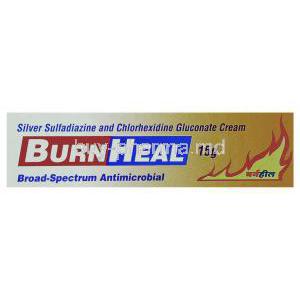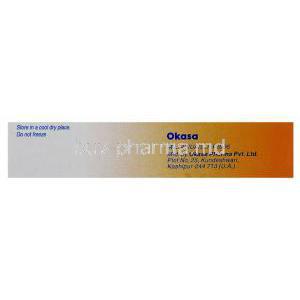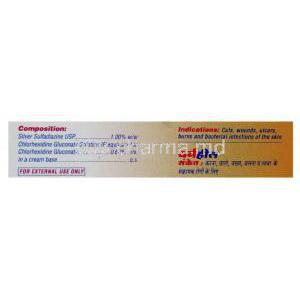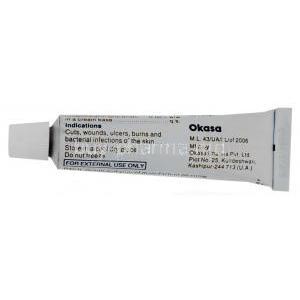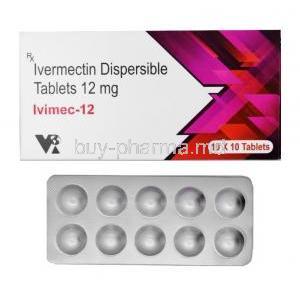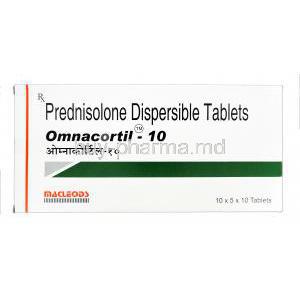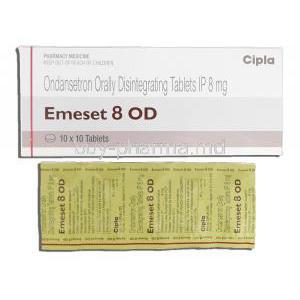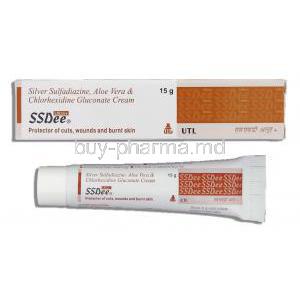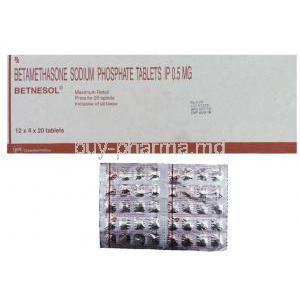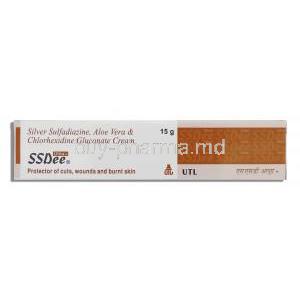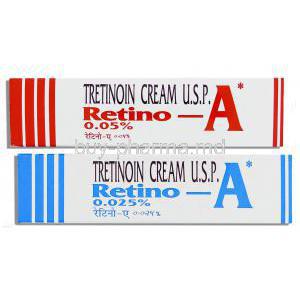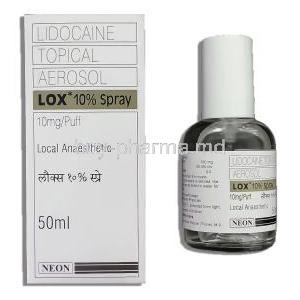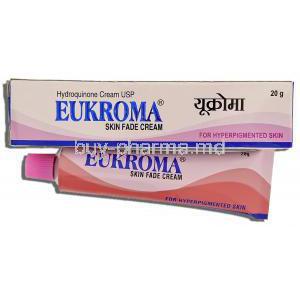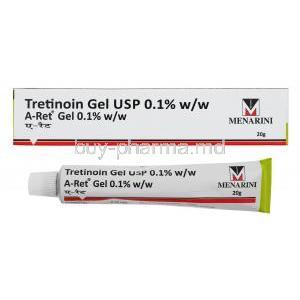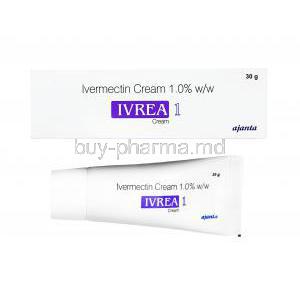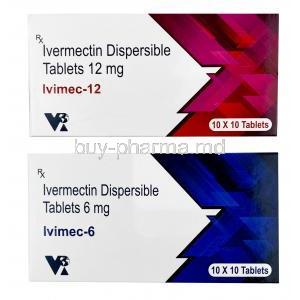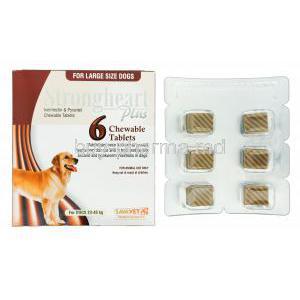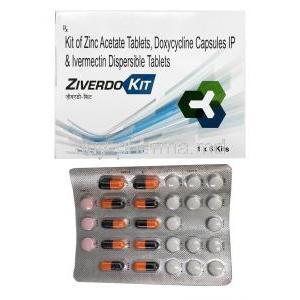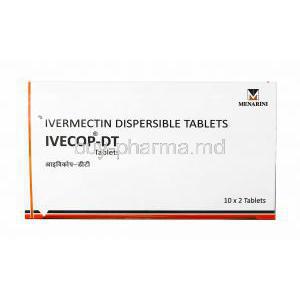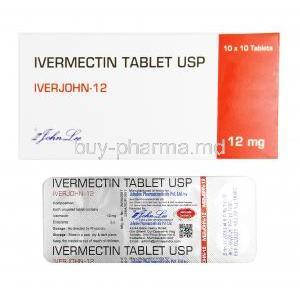Burn Heal Cream, Silver Sulfadiazine/ Chlorhexidine Gluconate
- Introduction to Burn Heal Cream
- Composition of Burn Heal Cream
- How Burn Heal Cream Works
- Uses of Burn Heal Cream
- Dosage and Administration Guidelines
- Administration in Special Populations
- Side Effects of Burn Heal Cream
- Drug and Product Interactions
- Warnings and Important Precautions
- Contraindications
- Careful Administration Considerations
- Overdosage and Toxicity
- Storage and Handling Precautions
Introduction to Burn Heal Cream
Overview of Burn Heal Cream and its therapeutic role in burn management
Burn Heal Cream is a specialized topical formulation designed to address burn-related injuries by preventing infection, alleviating discomfort, and promoting tissue regeneration. It combines the potency of antimicrobial agents with supportive excipients to create a sterile healing environment. Widely recommended in both emergency and clinical settings, this cream is a cornerstone in modern burn care.
Historical background and clinical importance of silver-based topical agents
Silver-based compounds have been revered for their antiseptic qualities since antiquity. The integration of silver sulfadiazine into topical burn therapy marked a significant advancement in reducing mortality from burn wound sepsis. Its proven efficacy against a wide range of pathogens has made it an indispensable part of first-line burn management.
Composition of Burn Heal Cream
Active ingredients: Silver sulfadiazine and chlorhexidine gluconate
The formulation is anchored by two potent agents:
- Silver sulfadiazine: delivers broad-spectrum antimicrobial action.
- Chlorhexidine gluconate: provides long-lasting antiseptic coverage.
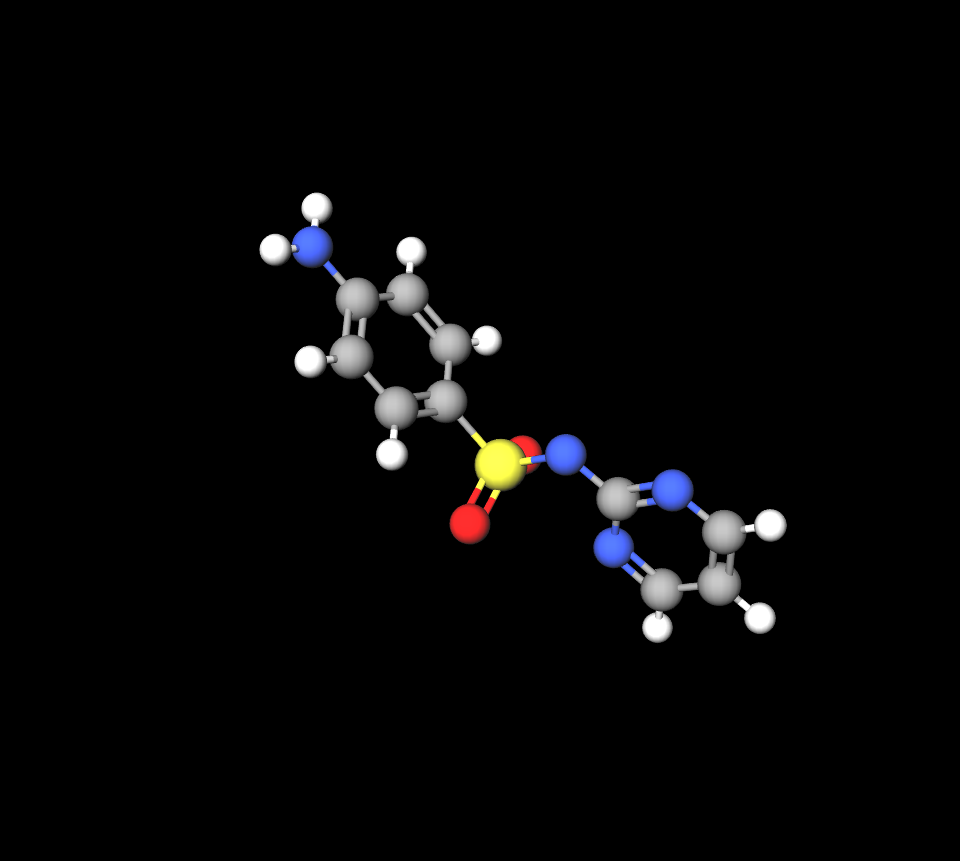
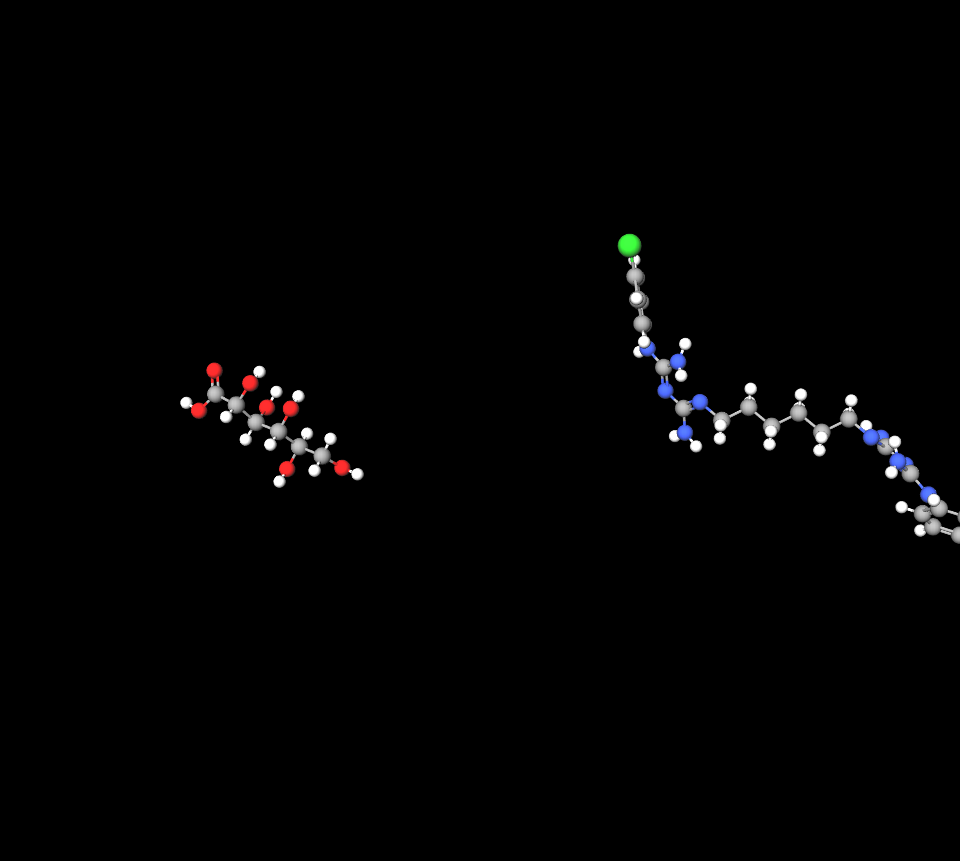
Mechanism of each ingredient in infection control and wound healing
Silver ions disrupt bacterial cell membranes and inhibit enzymatic activity, effectively neutralizing pathogens. Chlorhexidine, on the other hand, adheres to microbial cell walls, destabilizing their structure and ensuring prolonged protection against reinfection.
Additional excipients and their supportive role in formulation
Emollients and stabilizers are incorporated to ensure smooth application, enhance absorption, and maintain product stability. These excipients also contribute to patient comfort by reducing local irritation and ensuring even distribution across the wound surface.
How Burn Heal Cream Works
Silver Sulfadiazine Mechanism of Action
Silver sulfadiazine acts against Gram-positive and Gram-negative bacteria, as well as certain fungal strains. Its broad-spectrum profile reduces the risk of secondary infections that complicate burn recovery.
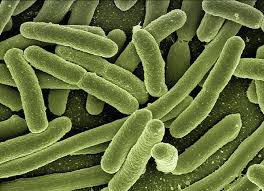
Chlorhexidine Gluconate Mechanism of Action on wound surfaces
Chlorhexidine ensures rapid eradication of microbial contaminants present on the wound surface. Its persistent action prevents recolonization, safeguarding the burn area during the vulnerable healing phase.
Prevention of microbial colonization in burn injuries
By suppressing bacterial proliferation, the cream reduces the incidence of septicemia, one of the most serious complications associated with deep burns.
Enhancement of tissue regeneration and healing environment
Beyond infection control, Burn Heal Cream fosters an environment conducive to epithelialization. This accelerates wound closure and reduces the likelihood of hypertrophic scarring.
Uses of Burn Heal Cream
Primary Indications
- First-degree burns: provides pain relief and infection prevention.
- Second-degree burns: diminishes microbial load and supports tissue recovery.
- Third-degree burns: serves as infection control prior to surgical grafting.
- Prevention of burn wound sepsis: critical in avoiding systemic complications.
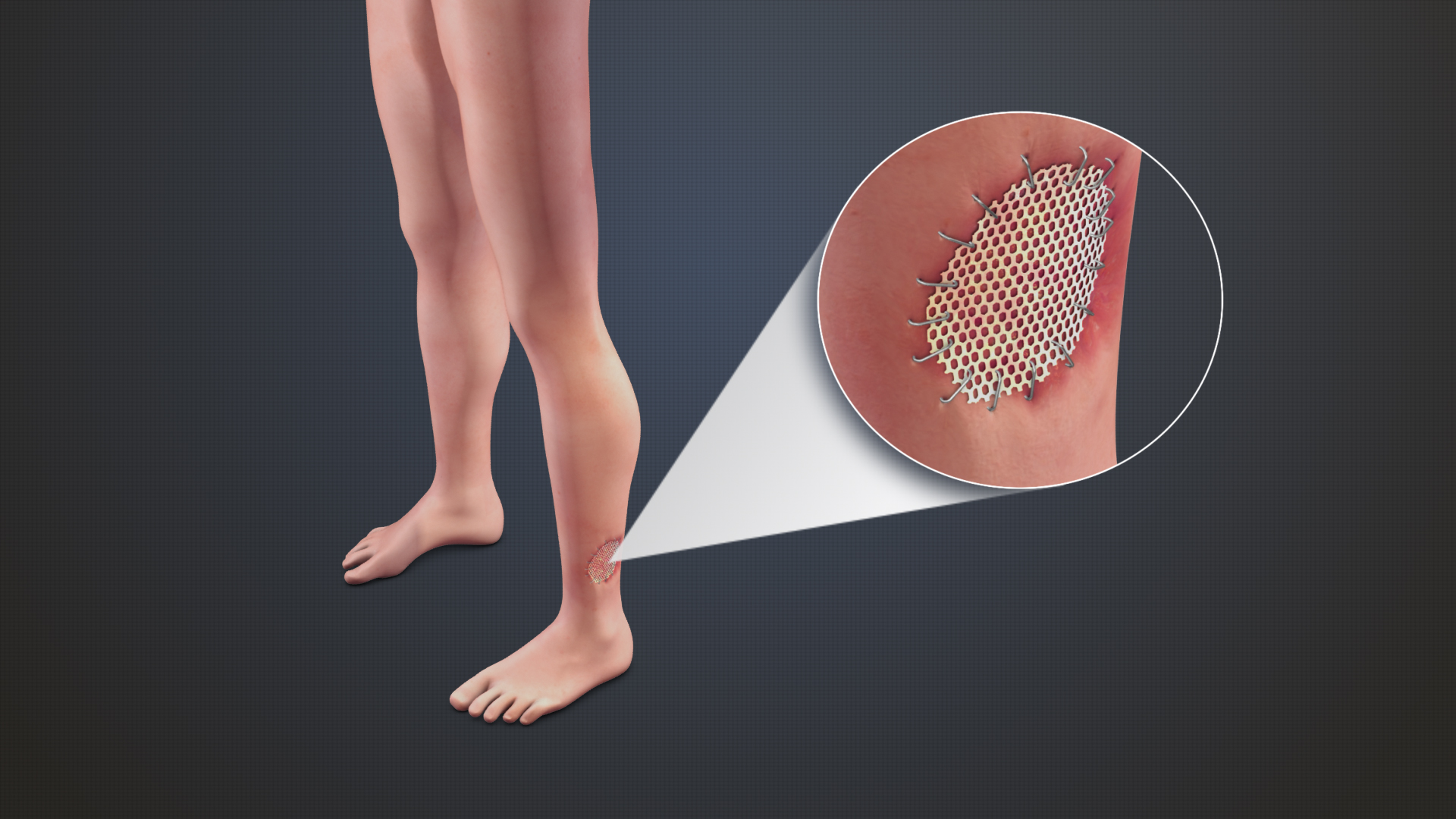
Off-Label Uses
- Adjunct therapy in pressure ulcers and bed sores.
- Applied on skin graft donor sites to minimize infection risk.
- Useful for traumatic wounds and abrasions with high contamination risk.
- Applied post-surgery for minor incision site protection.
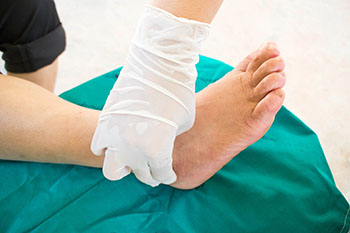
Dosage and Administration Guidelines
Recommended frequency and method of application for adults
A thin layer of Burn Heal Cream is generally applied once or twice daily. The affected area should be fully covered, ensuring direct contact with the wound bed.
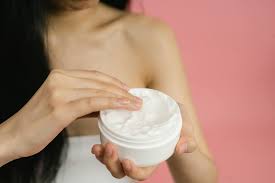
Dosage adjustment based on severity and burn surface area
Larger burns may require more frequent applications. The dosage should always correlate with wound size and depth, under medical supervision.
Instructions for wound preparation before application
Before application, wounds must be cleansed with sterile saline or antiseptic solutions. Necrotic tissue should be carefully removed to maximize absorption and therapeutic effect.
Duration of treatment and monitoring for effectiveness
Treatment duration depends on wound progression. Continuous monitoring ensures timely adjustment of dosage, discontinuation once epithelialization is complete, or escalation to surgical care if needed.
Administration in Special Populations
Administration to Elderly Patients
Older patients often have thinner, fragile skin and slower healing rates. Clinicians should monitor renal function closely, especially in cases of extensive burns requiring prolonged therapy.
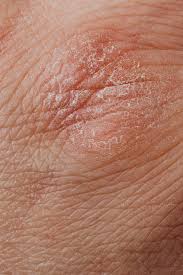
Administration to Pregnant Women and Nursing Mothers
Although systemic absorption is minimal, silver compounds may cross the placental barrier. Healthcare professionals must weigh benefits against potential risks. Small amounts may pass into breast milk, requiring vigilance in nursing mothers.

Administration to Children
Pediatric patients may require dosage adjustments based on body surface area. Infants, particularly neonates, are at higher risk of systemic effects such as kernicterus and must be treated with extreme caution.
Side Effects of Burn Heal Cream
Common Side Effects
Most patients tolerate Burn Heal Cream well, but some localized reactions may occur. These are typically transient and resolve with continued or adjusted use.
- Mild skin irritation or itching: a common response as the cream interacts with sensitive tissue.
- Temporary burning sensation: often subsides within minutes of application.
- Localized rash or erythema: minor redness that usually does not require discontinuation.
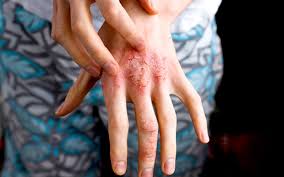
Rare but Serious Adverse Effects
Though uncommon, some adverse reactions require immediate medical attention due to their severity and potential systemic impact.
- Allergic reactions and hypersensitivity: particularly in patients sensitive to sulfonamides.
- Leukopenia or agranulocytosis: rare blood disorders associated with prolonged silver sulfadiazine exposure.
- Delayed wound healing: prolonged use may impair normal regenerative processes.
- Systemic toxicity: large surface applications may result in silver absorption with harmful consequences.
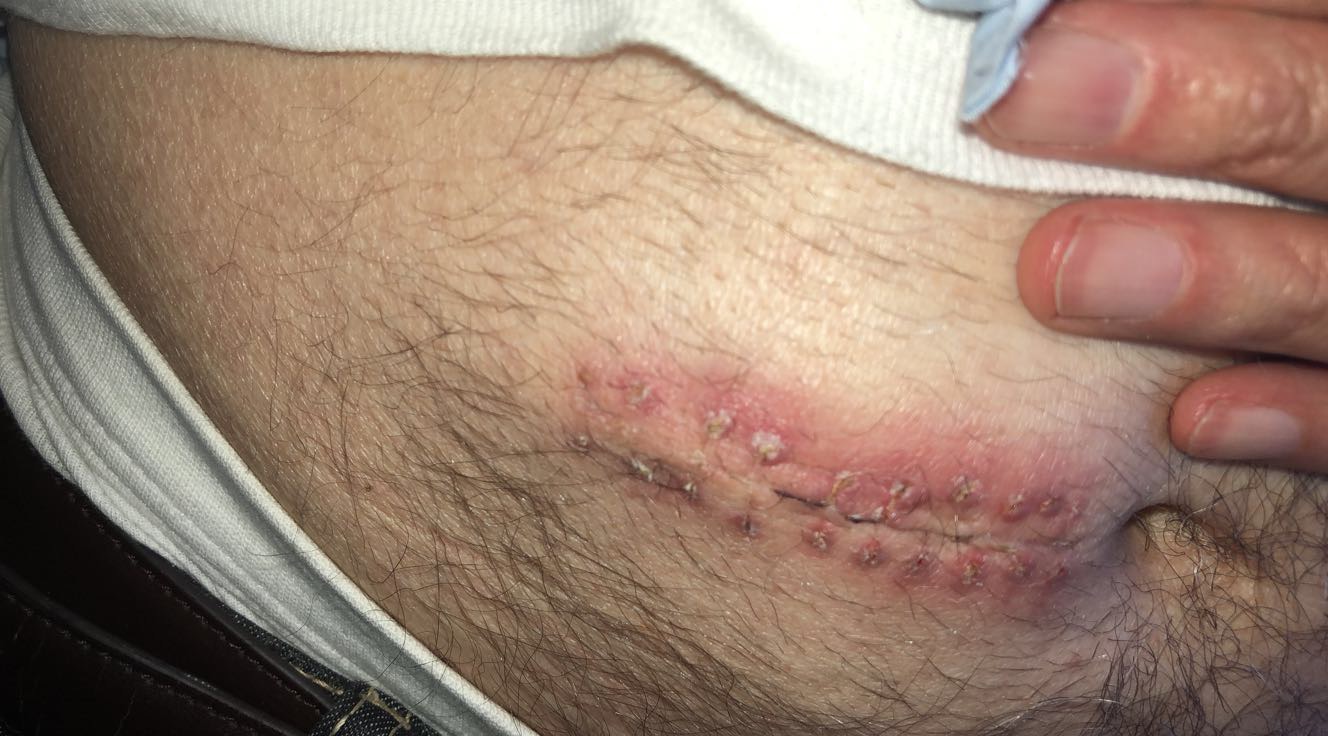
Drug and Product Interactions
Interference with enzymatic debriding agents
Silver ions may inactivate enzymatic preparations used for debridement, diminishing therapeutic efficacy.
Interaction with topical proteolytic preparations
Concurrent use with proteolytic ointments can reduce activity and compromise wound care strategies.
Precautions with concurrent use of systemic sulfonamides
When administered with systemic sulfonamides, there may be an increased risk of adverse hematologic reactions.
Impact of chlorhexidine on compatibility with wound dressings
Chlorhexidine may interact with certain dressing materials, leading to staining or reduced antiseptic efficiency.
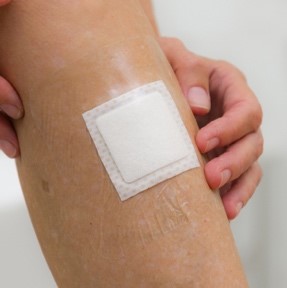
Warnings and Important Precautions
- Systemic absorption risk: particularly in cases of extensive burns or compromised skin barriers.
- Avoidance in renal or hepatic impairment: organ dysfunction may increase systemic toxicity risk.
- Blood count monitoring: regular evaluation is advised in long-term therapy to detect hematologic complications.
- Medical supervision: essential for large burn areas to guide dosage, application, and safety.
Contraindications
- Hypersensitivity: contraindicated in patients allergic to silver sulfadiazine, chlorhexidine, or sulfonamides.
- Severe allergic history: patients with prior adverse responses to sulfonamide agents should avoid use.
- Premature infants and neonates: risk of kernicterus due to bilirubin displacement necessitates strict avoidance.
Careful Administration Considerations
- G6PD deficiency: increased risk of hemolysis under sulfonamide exposure.
- Pre-existing hematologic disorders: heightened vulnerability to blood-related side effects.
- Severe hepatic or renal impairment: slower clearance may cause systemic build-up of silver or sulfonamides.
- Regular wound evaluation: continuous assessment ensures optimal healing and timely adjustments.
Overdosage and Toxicity
Signs of systemic silver accumulation (argyria)
Manifested by bluish-gray discoloration of skin and mucosa, argyria is rare but irreversible.
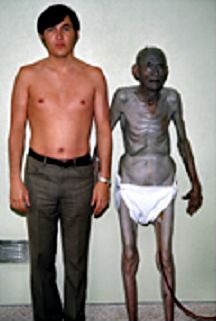
Symptoms of sulfonamide toxicity
May include fever, malaise, crystalluria, or more severe systemic manifestations requiring intervention.
Management strategies in accidental ingestion or excessive topical use
Supportive measures include cessation of the cream, hydration, and medical management of electrolyte or hematologic disturbances. In severe cases, hospitalization and specialist care may be required.
Storage and Handling Precautions
- Optimal storage: maintain at controlled room temperature, away from excessive heat or freezing conditions.
- Protection from light and contamination: keep containers tightly sealed and shielded from direct sunlight.
- Shelf-life and disposal: discard expired cream safely, following pharmaceutical disposal protocols.
- Hygienic handling: wash hands before and after application; use sterile applicators to reduce secondary contamination risk.
Burn Heal Cream, Silver Sulfadiazine/ Chlorhexidine Gluconate FAQ
- What is Burnheal Cream used for?
- What is silver sulfadiazine and chlorhexidine gluconate cream used for?
- Is Silvadene safe during pregnancy?
- Is chlorhexidine gluconate used for burns?
- Can I put silver sulfadiazine on a normal wound?
- How long does it take for silver sulfadiazine to work?
- What is the side effect of Silvadene?
- Who should not use Silvadene?
- Does silver sulfadiazine remove burn marks?
- Is betadine better than chlorhexidine?
- Do you cover silver sulfadiazine on an open wound?
- How to apply silver sulfadiazine properly?
- Can you use chlorhexidine on open wounds?
- How many days should you use chlorhexidine gluconate?
- Is silver sulfadiazine safe?
- How many times should I apply silver sulfadiazine?
What is Burnheal Cream used for?
Burnheal Cream is effective in preventing and treating infections associated with burn care. It also serves as an antiseptic for minor cuts and abrasions. The cream targets infectious microorganisms, alleviating symptoms of inflammation such as burning sensations, irritation, and pain. This ultimately supports the healing process of burns and wounds.
What is silver sulfadiazine and chlorhexidine gluconate cream used for?
It is primarily utilized to address burns and avert skin infections. Burns are frequent household injuries that harm the skin or deeper tissues and lead to the demise of affected skin cells.
Is Silvadene safe during pregnancy?
No
Is chlorhexidine gluconate used for burns?
Chlorhexidine has been used to maintain the sterility of burn wounds and to inhibit the colonization of microorganisms.
Can I put silver sulfadiazine on a normal wound?
No
How long does it take for silver sulfadiazine to work?
20 days
What is the side effect of Silvadene?
- Agranulocytosis
- Aplastic anemia
- Hemolytic anemia
- Decreased platelets (thrombocytopenia)
- Reduced white blood cell count (leukopenia).
Who should not use Silvadene?
Premature infants and infants aged 2 months and younger
Does silver sulfadiazine remove burn marks?
No
Is betadine better than chlorhexidine?
Chlorhexidine seems to be more effective than povidone–iodine
Do you cover silver sulfadiazine on an open wound?
Yes
How to apply silver sulfadiazine properly?
- Cover the cleaned, burned area with a layer of cream that is 1/16-inch (0.2-centimeter) thick.
- Ensure that the burned area remains covered with cream at all times
- Reapply the cream to any spots that become uncovered.
Can you use chlorhexidine on open wounds?
Yes
How many days should you use chlorhexidine gluconate?
4 weeks
Is silver sulfadiazine safe?
Yes
How many times should I apply silver sulfadiazine?
One or two times a day


